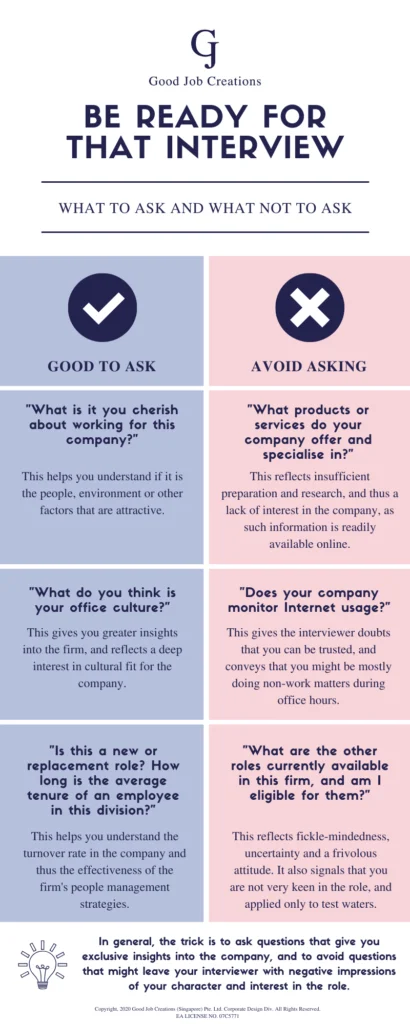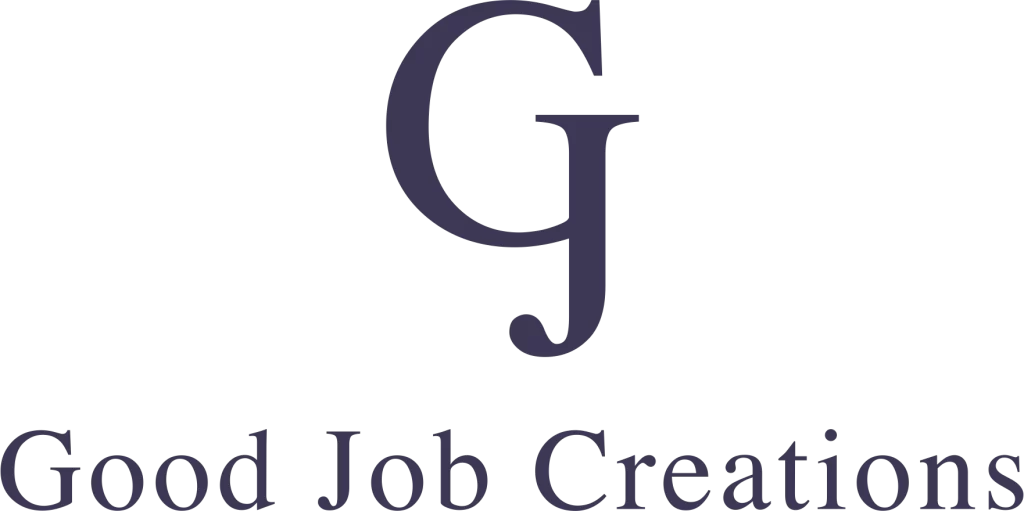New Year, Better Me
gjc
on
January 27, 2021
A month into the new year, where are you with your new year resolutions? Like many others, you have probably recommitted to your goals with conviction. Perhaps, you have vowed to get more fit, get promoted or get that work-life balance you always wished you had. Do you see any changes in your habits, and have you taken any steps towards what you aimed to achieve in this new year? Or are you one of the many guilty of listing resolutions but never achieving them? Do not feel bad, for you are not alone in this situation. Whatever your aspirations, we all know that change is hard.
It is not about shedding off our past – for it is our experiences and failures that forged us to be who we are today but to work towards a better version of ourselves. Instead of the archetypal “New Year, New Me”, I invite you to consider “New Year, Better Me”! The right choices coupled with a subtle mindset shift and deconstructing macro-goals can bring about significant changes, promoting a better version of ourselves this year.
Mindset Shifts
A subtle shift of perspective can make a whole world of difference in how you feel and advance with anything in your life. It sounds too good to be true, but fortunately for us, it is valid.
By engaging in a bit of creative framing, we can think of discomfort as a sign of goal progress instead of poor performance. However, it is also essential to know one’s limits when the discomfort is a sign of progress and when it is a sign to stop.
A subtle shift of mindset and framing can also be applied to failures. When we encounter a setback, we have many excuses and ways to explain them. We like to frame it so that the blame lies on external factors and other people. What could be a mere setback could quickly escalate to full-blown anger and indignance.
People hate to fail and admit their failures to others and themselves; this is dangerous as you cannot learn from failure by not acknowledging it. It can snowball into a big mess of mistakes in the future. Failures are an integral part of success, and therefore it is crucial to embrace them. Mark Zuckerberg, the founder of Facebook, advises his employees not to “Don’t fail” but “Fail faster”. We should not be too harsh on ourselves. The right frame of mind is to but frame it as experiences we can learn from and mistakes we will no longer make.
A mindset shift is something that you can do right today. Whenever you think of something that you dread to do, you reframe it in your mind. Instead of thinking you have to make time out of your busy schedule to meet a client, you reframe it; I get to meet this person, I get the privilege of meeting the HR of this company. When you learn how to reframe your outlook on things, no matter how tiny they are, the changes in how you think of yourself, your experiences, and opportunities, leads to transformation.
Another experiment you can try out today is to stop reinforcing an identity. The more we think we cannot do, we will not be able to do so. I often thought of myself as someone who could not draw as my art results during my school days were never fantastic.
When asked, I constantly said that I could only draw stickmen. It almost became a badge of honour that I was terrible at drawing. Until one day, I realised that it was always a matter of perspective. Moreover, learning that there was always a trick in learning how to draw. For example, I could not draw something as simple as a chair. But what held me back was because of my understanding and expectation of what a chair should look like. I saw a stark improvement in my sketch when I flipped a photograph of a chair upside down — a subtle shift in perspective but colossal progress. I cannot say I am ready to be the next upcoming artist, but I no longer proclaim that I cannot draw. Till today, I am still pleasantly surprised by it.
Choice
You should take stock that there is something much worse than failing to do something challenging, and that is the conscious choice not to attempt it because you fear failure. Be afraid that you did not try. You can choose to lament how you hate doing something, or you can choose to enjoy it by just making a few tweaks to it.
For example, I hated doing the dishes because it felt like a chore and a waste of my precious time. Still, it had to be done. So, I made it into a game. I added a difficulty level to the day’s dishes based on the number of cutlery and cookware in the sink and gave myself a timeframe to complete it. I even felt satisfaction when I could achieve more within a shorter time. Gamification is just one method. Ultimately, you have to understand that only you have the power to change how you choose to tackle obstacles and setbacks.
We tend to lament that many things can go wrong because of external factors. However, we also need to recognise that there is still a lot under our control. We can choose to concentrate on that, choosing to solve problems. You can try it this week; when something seems to be going wrong, and you feel that the situation is out of your control, choose to focus on what is under your control and think of just one way to improve the situation. It can be as simple as – I want to go to the mall, but it is raining. I cannot stop the rain, but I can use an umbrella. It will soon become an ingrained habit of yours to respond to obstacles in this manner, and things will take on a more positive outlook.
Deconstructing of Macro-goals
We talked about how difficult it is to change or achieve resolutions. It can feel like a massive obstacle, and we end up putting pressure on ourselves. Either to go big or go home, right? These big expectations are unrealistic. Overtime, we feel disheartened and slowly lack the drive to work towards those goals that are set. But at the start of every new year, we promise ourselves that it will be different. We set resolutions, and the vicious cycle repeats itself.
It is all about breaking down your resolutions and shifting your focus through categorisation. When you untangle macro-goals, you change how you can achieve them. Not only that, but you also help set up an entirely different expectation as these micro-goals are eminently doable.
A realistic expectation is key, and it is a process to become a better version of yourself. Do not pass judgement on yourself if you are unproductive on some days – there are always slow days, and it is more important that you do not stop. As it builds up to become a routine, you no longer need to think about it. Habits and consistency create powerful anchors for the recurring internal mechanisms within our bodies.
Forget big goals; it is the breaking down into micro-goals and stacking of tiny habits that make significant changes to your life. You can think of it as a form of identity change – it is about whom you believe yourself to be and your journey towards creating a better version of your current identity.
Achieving them may still require drive and time, but it is mostly a matter of self-discipline and persistence. Resolutions no longer feel unreachable and daunting. So take a look at your resolutions for 2022, and break them down into small goals that you can achieve. It can also help if you set and write down daily goals before starting your day. I encourage you to try this exercise now; better late than never!
It has been a demanding period filled with ups and downs, and its unpredictability has been tough on us all. Be good to others but remember to be good to yourself first. Sometimes, it is hard for us to think about ourselves. But it is crucial to put aside unhelpful expectations and appreciate or enjoy things we have planned for ourselves. I hope you can kickstart your journey towards a better version of yourself this 2022. Starting is difficult, but it is easier to keep going once we get past that hurdle!
Written by Rose
Corporate Communications Lead








